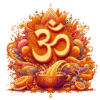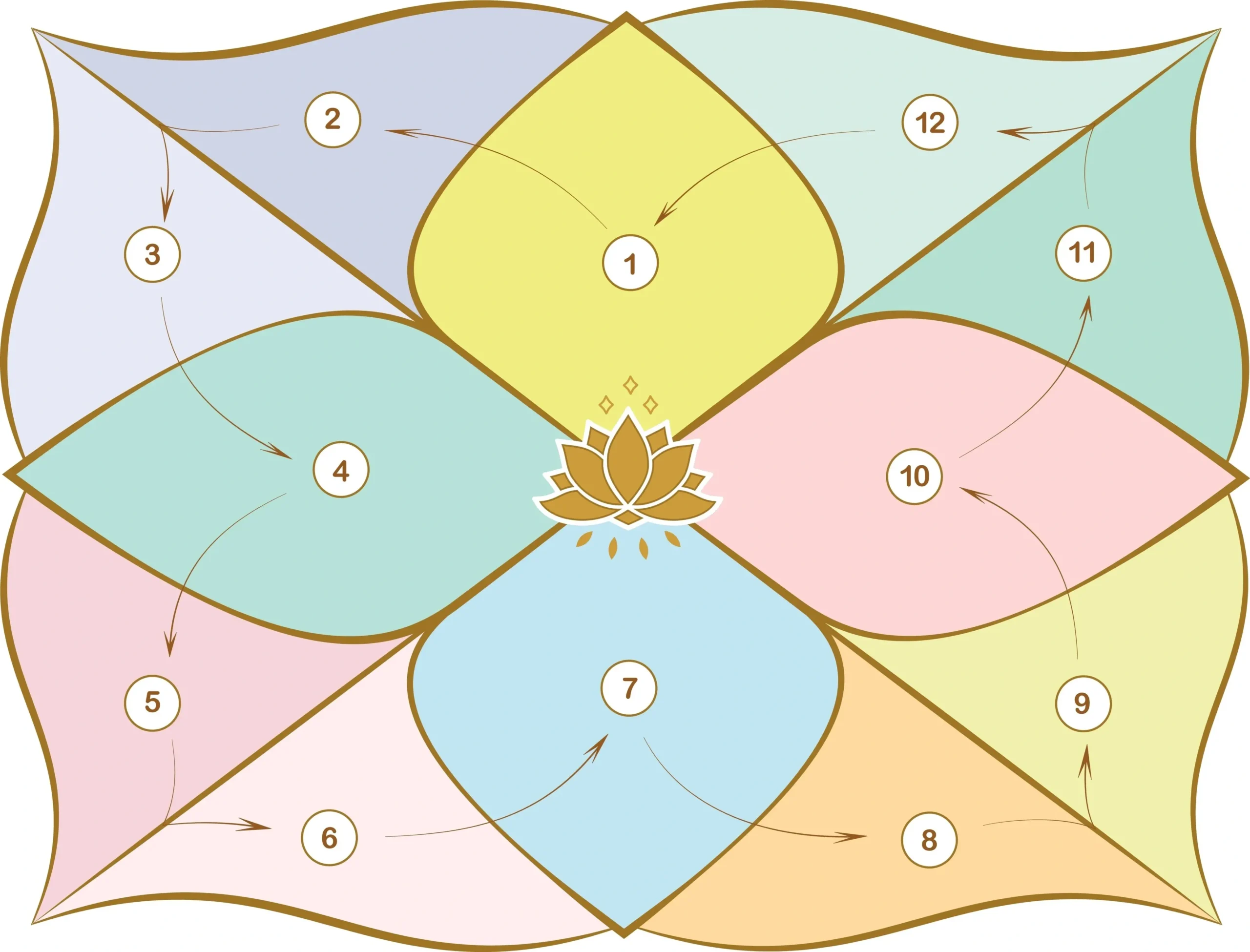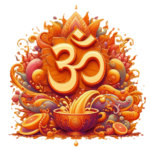Vedic astrology, or Jyotish Shastra, is an old Indian science that uses the positions of planets at birth to forecast the future and learn about a person’s nature. Vedic astrology puts more stress on the Moon sign and exact planetary placements than Western astrology does on the Sun sign. This means that the birth specifics (date, time, and place) are very vital for constructing an accurate Kundli (birth chart).
Why are the details of a person’s birth important for a Kundli?
Your birth chart is like a picture of the sky at the time and place of your birth. In Vedic astrology, the exact degree of the Ascendant (Lagna) affects the whole layout of your chart. This means that even small changes in the time of birth can change the positions of planets, which can have a big effect on forecasts.
Accuracy: Vedic charts are known for being quite accurate when it comes to timing events with the Dasha system.
Vedic astrology uses the sidereal zodiac, while Western astrology uses the tropical zodiac.
What is a Janma Kundli, or Vedic Astrology Birth Chart?
A Janma Kundli, or Vedic astrology birth chart, is a symbolic map that shows where the planets were at the time and place of birth. There are twelve parts (houses) to this chart, each of which shows a different part of life. The main goal is to help you understand your personality, strengths, weaknesses, and important life events by looking at how planets, signs, and constellations interact with each other.
What does Vedic astrology say about birth time?
A few minutes’ variation in birth time can move the Lagna (Ascendant) to a new zodiac sign, which will modify the whole chart. The Lagna marks the beginnings of the first house, which shapes your personality and how you live your life. For instance, two people who were born on the same day but a few hours apart can have very different ascendants, which can change the course of their lives. One person may have a fiery Aries Lagna, while the other may have a peaceful Pisces Lagna.
Important Parts of a Vedic Birth Chart
1. The 12 Houses (Bhavas)
Each home (Bhava) depicts an area of life:
House Meaning in Sanskrit Represents
1.Lagna: Self, personality, and body.
2. Dhana: Wealth, speech, and family.
3 SahajaCourage, communication, and siblings
4 BandhuHouse, mother, and property
5 PutraChildren, creativity, education
6 Ari foes, health, and problems
7 Yuvati: Marriage and unions
8 RandhraDeath, transformation, secrets
9 DharmaLuck, spirituality, and father
2. The Nine Planets (Navagrahas)
Every planet has a big effect on life:
Sun (Surya): Self, energy
Moon (Chandra): Your mind and feelings
Mars (Mangal): Strength and energy
Mercury (Budh): Intelligence and communication
Jupiter (Guru): Luck and wisdom
Venus (Shukra): Love and luxury
Saturn (Shani): rules and problems
Rahu: Ambition and going against the norm
Ketu: separation, spirituality
3. The 12 Zodiac Signs (Rashis)
Every zodiac sign, from Aries to Pisces, colors the energy of planets and houses it interacts with. For example, planets in Taurus bring stability, while those in Scorpio affect depth and secrecy.
4. The Lagna, or Ascendant
The Lagna is the sign rising in the east at birth, marking your physical presence and basic temperament. The lagna changes the way the complete chart is laid out, which affects how each part of life plays out.
5. Nakshatras (Constellations)
There are 27 moon constellations called nakshatras. They improve forecasts, help with emotional pattern analysis, and suggest solutions. For instance, your Moon’s nakshatra reveals subconscious drives.
How to Read a Vedic Birth Chart
Step 1: Find the Lagna (Ascendant)
The ascendant is the base of the chart; all other analysis starts here since it determines how you see the world.
Step 2: Look at the positions of the planets
Look at which signs and houses the planets are in. For instance, Jupiter in the seventh house can suggest supportive partnerships.
Step 3: Look at the Aspects and Conjunctions
Planets in specific angles (aspects) or in proximity (conjunctions) influence each other’s energy, altering predictions. For example, a Venus-Mars conjunction can energize relationships.
Step 4: Learn about the Dasha System (Planetary Periods)
The Dasha system divides life into periods ruled by different planets (Mahadasha, Antardasha), allowing detailed timing of events like marriage, career changes, or travel.
What You Can Learn from Your Vedic Birth Chart?
Reviewing your Janma Kundli boosts self-awareness, clarifies strengths and weaknesses, and helps anticipate forecasts for career, marriage, or health. The birth chart also gives karmic insights and provides personalised solutions for problems, which can include changes to your lifestyle or spiritual practices.
Difference Between Vedic and Western Birth Charts
Sidereal vs Tropical Zodiac: Vedic astrology uses the sidereal system (actual star positions), Western uses the tropical system (seasonal positions).
Moon vs Sun Focus: Vedic charts focus on the Moon’s position; Western charts are sun-centric.
Timing Precision: Vedic astrology is acclaimed for predictive accuracy through the Dasha system, while Western astrology is more psychological.
How to Generate a Vedic Birth Chart Online
You can create your Vedic astrology chart using reliable websites such as AstroSage, Astrobix, or ClickAstro. Always input your exact birth time and location for accuracy. Many astrologers and AI-based platforms use sophisticated software to calculate planetary positions, lagnas, and nakshatras.
Remedies Suggested Through a Birth Chart
Mantras and Gemstones
Wearing specific gemstones (e.g., Blue Sapphire for Saturn) or chanting planetary mantras is believed to harmonize planetary influences.
Fasting and Donations
Astrologers often advise fasting on auspicious days and making donations (e.g., food, clothing) to neutralize negative effects.
Planetary Puja and Yantras
Rituals (puja) and sacred diagrams (yantras) dedicated to particular planets can support well-being and personal growth. For detailed prescriptions, see “Planetary Remedies in Astrology.”
FAQs About Vedic Astrology Birth Charts
1. Can I get my birth chart without knowing my time of birth?
Partial charts can be prepared, but predictions are less precise, as the ascendant and house placements depend on birth time.
2. What is the most important house in astrology?
The first house (Lagna) is crucial—it represents you—but other houses gain importance depending on your questions (e.g., seventh for marriage).
3. How accurate are online birth chart readings?
When birth details are exact and reputable software is used, online charts are highly accurate. Personalized interpretation by an experienced astrologer offers deeper insight.
4. What does my Moon sign reveal about me?
Your Moon sign describes your emotional makeup, instincts, and subconscious tendencies.
5. Can Vedic astrology predict the future?
While Vedic astrology can forecast trends and events, its aim is to guide choices; outcomes depend on effort and karma.
Conclusion
Understanding your Vedic astrology birth chart (Janma Kundli) offers a blend of spiritual and practical benefits—from decoding personality to timing important life events. Explore your chart to foster personal growth, receive guidance, and uncover remedies tailored for you. Ready to get started? Generate your Kundli on
Krishna Mishra writes for Insights of Hinduism, where he shares heartfelt thoughts on festivals, traditions, and the timeless wisdom of Sanatan Dharma. His aim is to keep the essence of Hindu culture alive in a way that feels simple, authentic, and relatable to everyone.


